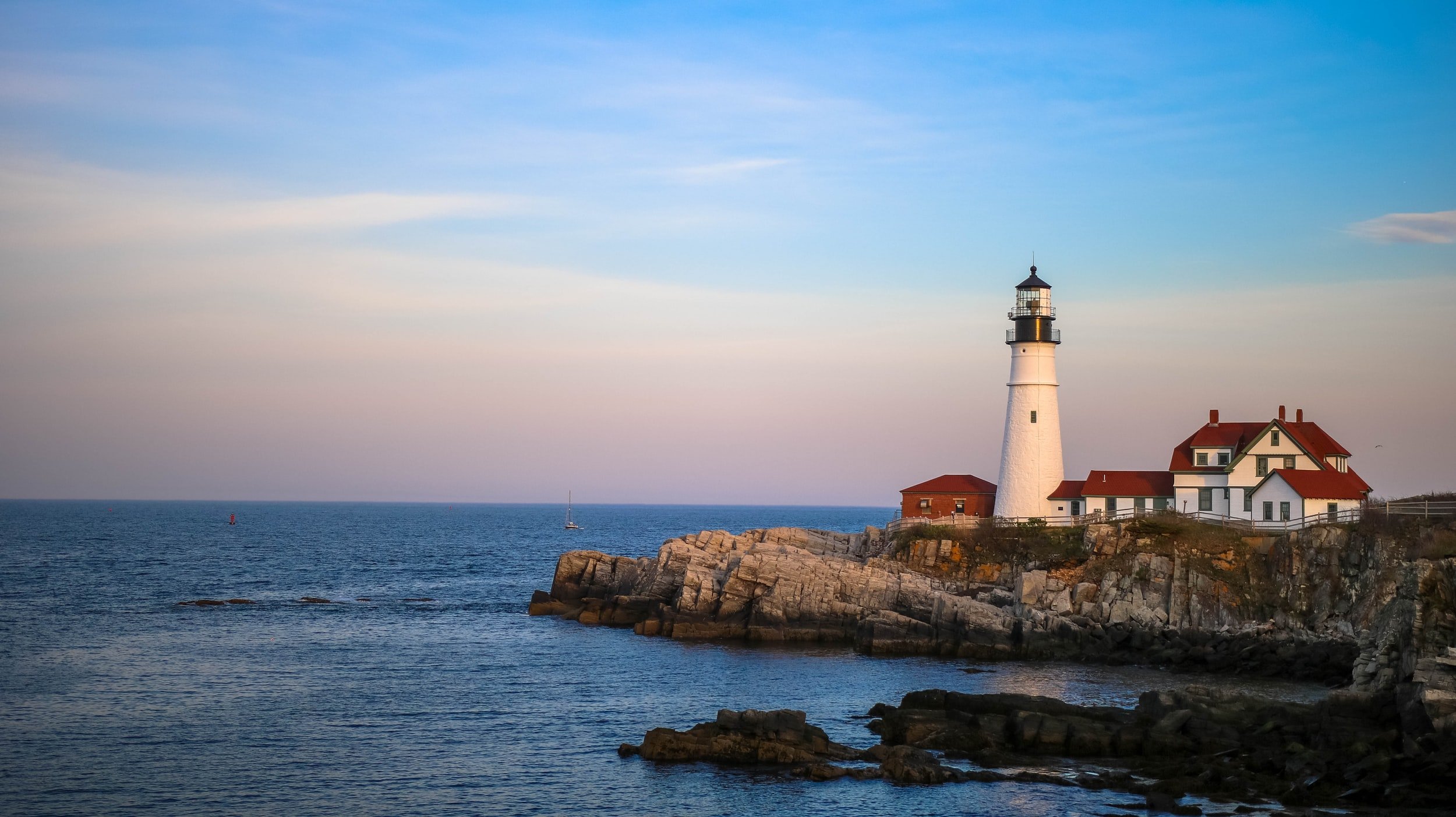Travel Oracles 50 States: Maine
As part of my summer series - Travel Oracles 50 States - I am revisiting each os the fifty American states as an overview on travel culture and history. Today: Maine
Joined: Maine became the nation's 23rd state on March 15, 1820. Maine played a significant role in that war to save the union and end slavery, contributing more than 70,000 troops, national leaders such as Vice President Hannibal Hamlin and Secretary of the Treasury William Pitt Fessenden, and such notable generals as Joshua L. Chamberlain and Oliver Otis Howard
Original Indigenous Peoples: The Wabanaki (the Maliseet, Micmac, Passamaquoddy and Penobscot), the People of the Dawn Land, have lived in what is now Maine and Maritime Canada for more than 11,000 years.
First Settlers: The first European settlement in Maine was established by Frenchmen Pierre du Guast and Samuel de Champlain on St. Croix Island in 1604. They founded a colony called Acadia which included part of Maine and modern day Quebec, Canada
History moment: Maine became a state as part of the Missouri Compromise, which allowed Missouri to enter the union as a slave state and Maine as a free state.
Known for: Lighthouses, Rocky coastlines, frigid waters and an ample fishery – most famed for the Maine lobster. The state also is known for more than 40,000 acres of wild blueberries. Home to writer Stephen King.
Places: Portland, Bar Harbor, Augusta, Bangor
Movie setting: The Cider House Rules, Pet Semetary
Musicians from: Ray LaMontagne, Juliana Hatfield.
Surprising facts: Maine is the only state that shares its borders with only one other US state. 90% of the country's lobster supply comes from Maine and is the single largest producer of blueberries in the United States
Classic townscapes, rocky shorelines punctuated by sandy beaches, and picturesque downtowns draw vacationing New Englanders to Maine like a magnet. Counting all its nooks, crannies, and crags, Maine's coast would stretch for thousands of miles if you could pull it straight. The Southern Coast is the most visited section, stretching north from Kittery to just outside Portland, but don't let that stop you from heading farther "Down East" (this nautical term is Maine-speak for "up the coast"), where you'll be rewarded with the majestic mountains and rugged coastline of popular Acadia National Park. Slow down to explore the museums, galleries, and shops in the larger towns and cities, like Portland, and the antiques and curio shops and harborside lobster shacks in the smaller towns and fishing villages. Let’s travel to Maine
My Experience: I only went once during the summer, and it was so charming that I can’t wait to go back!
Places: Maine's largest city may be considered small by national standards—its population is just 66,000—but its character, spirit, and appeal make it feel much larger. It's well worth at least a day or two of exploration, even if all you do is spend the entire time eating and drinking at the many phenomenal restaurants, bakeries and specialty dessert shops, craft cocktail bars, and microbreweries scattered across the city. Work up your appetite roaming the working waterfront and strolling the Eastern Promenade, shopping in the boutiques along the brick streets of the Old Port, or sauntering through the galleries of its top-notch art museum.
More: The southern coast, Penobscot Bay, Western Lakes and Mountains, Acadia National Park and Mount Desert Island
Nature: The four national parks in Maine include Acadia National Park, the Appalachian National Scenic Trail, Katahdin Woods and Waters National Monument, and Saint Croix Island International Historic Site. Acadia National Park can be found on Mount Desert Island.
Ranking in US: Per the annual US News report, Maine is currently ranked #27 out of 50 in 2021, up from #32 in 2019.

